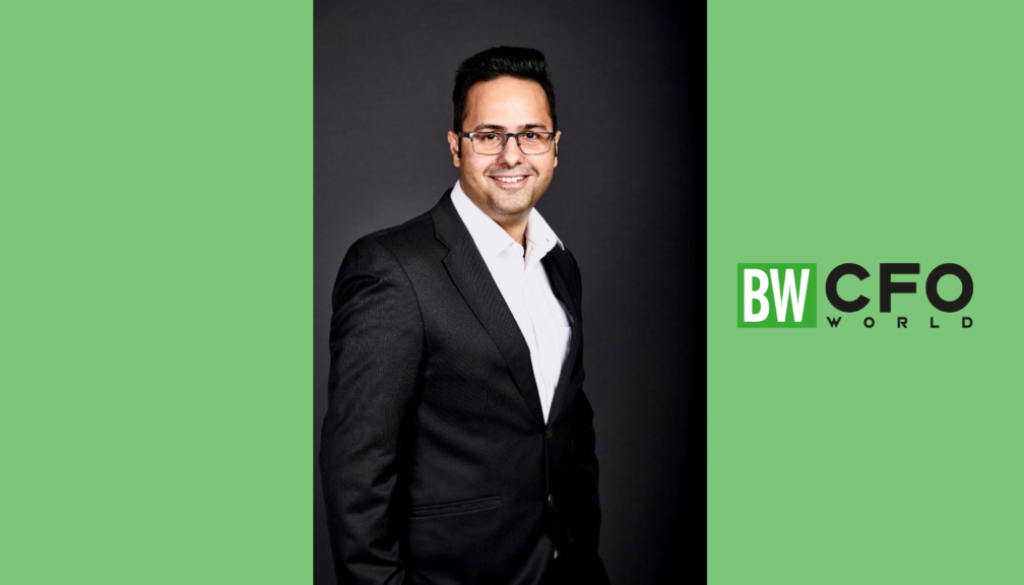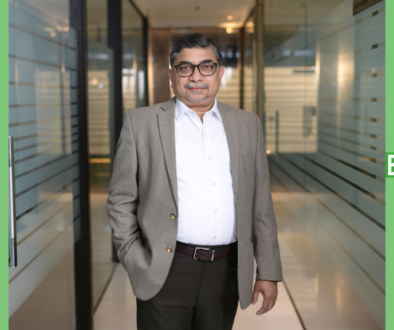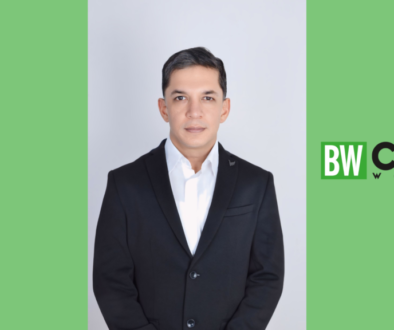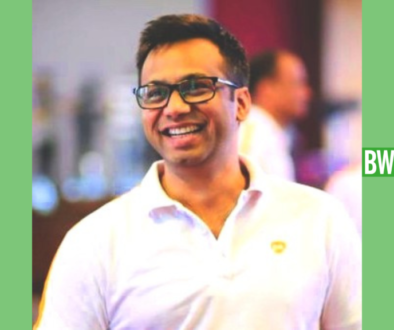Aligning Financial Decisions With Sustainability Goals: Insights’ From Gaurav Malik, CFO, Experion
In an Interview with BW CFO World, Gaurav Malik, CFO, Experion, shares invaluable strategies on aligning financial decisions with long-term sustainability goals with his expertise in evaluating investments, scenario planning, cost optimisation and fostering a culture of responsibility
Can you elaborate your process for evaluating capital expenditures or acquisitions through a lens of both financial return and long-term sustainability?
Assessment of capital expenditure or acquisitions involves a framework where we evaluate various financial metrics such as IRR, NPV, ROI and Margins of new transactions with our existing minimum set benchmarks. In addition to the financial metrics, the focus is also on environmental impact and enhancing social initiatives. All our projects consider the environmental impact, social dynamics and governance frameworks. For instance, investments in energy efficient products and technologies, extensive green areas, conscious water consumption and recycling waste takes the centre stage during our development process.
Organisation’s risk management framework and strategies helps us create mitigates to weather the market uncertainties, regulatory changes and competitive landscape. Our commitment extends beyond profit maximisation as it encapsulates a mandate to create positive impact for our shareholders, stakeholders, social community and the environment. With this approach, we endeavour to achieve financial returns with sustainable growth.
Once acquisitions are complete, we have processes to monitor the performance of our investments against predefined metrics including sustainability goals. We adjust strategies as needed to optimise the outcomes. Also, lessons learned from past investments are incorporated into future investment decisions to continuously improve the organisation’s approach to evaluating capital expenditures and acquisitions from both financial and sustainability perspectives.
How do you incorporate scenario planning, including potential economic downturns or environmental challenges, into your financial forecasting and risk management strategies?
Scenario planning begins with identifying the key drivers affecting the business which includes the economic indicators, market trends, customer preferences, interest rates, environmental and regulatory changes and competitive landscape. Once the drivers are identified, the uncertainties around these are evaluated like economic downturns, interest rate cycle, geopolitical risks etc. Based on the drivers and the uncertainties around it, various scenarios are developed encompassing a range of possible outcomes. These outcomes or scenarios are a combination of drivers and uncertainties around it.
With the help of financial models, sensitivity analysis and stress test scenarios, impact of various outcomes are determined which may affect the revenue, profitability, cash flow and other financial metrics of the Company. The insights from the sensitivity analysis and stress scenarios are used to adjust the financial forecast and develop a risk mitigation strategy which prepares the organisation to better manage uncertainties, adapt to the changing market conditions and improve decision making.
Balancing cost efficiency with investment for growth is crucial. Tell us about a time you led a cost optimisation initiative that freed up resources for strategic growth areas. How did you ensure this initiative did not stifle innovation or core operations?
One of the initiatives I undertook in my previous company was Centralised Procurement. As owners of several real estate properties in India across various cities and states, a significant amount of procurement of goods and services was conducted from local vendors for each property. Multiple teams were involved in procurement management at each location. We conducted an analysis of the number of vendors involved and created a framework where procurement was centralised at one location within one team. The centralised procurement team then began rationalising the number of vendors under contract and identified top vendors for each product or service.
This was complemented by the implementation of a technology tool that provided better visibility and control over the contracts awarded to vendors. This initiative faced reservations regarding flexibility and agility in placing orders and completing tasks. However, contrary to concerns, this initiative brought in streamlined processes, eliminating duplicate efforts and reducing administrative overheads. By consolidating procurement, the company leveraged economies of scale to negotiate better deals with vendors. Bulk purchasing allowed for special discounts, thereby reducing overall procurement costs. Centralised procurement also improved relationships with vendors since we now maintained fewer but more substantial relations.
A CFO plays a key role in shaping a company’s culture. Describe how you would foster a culture of financial responsibility and environmental/social awareness within the finance department and across the organisation?
Leadership, ownership, communication and trust within an organisation and people is key to fostering a culture of financial responsibility and environmental/social awareness. A CFO should lead by example and demonstrate leadership by serving as a role model for other employees in the organisation. The decisions made by the CFO should prioritise long term sustainability and prudence on unnecessary expenses especially the ones that lead to wastage of resources. A CFO should make decisions that take care of both economic and environmental sustainability.
Secondly, an entrepreneurial mindset is required in the organisation towards initiatives that reduce unnecessary expenses and prioritise socially responsible investments. Cultivating an entrepreneurial mindset encourages employees to approach challenges with creativity, identify cost saving opportunities, support community engagements and contribute towards organisation’s sustainability goals.
Thirdly, clear expectations need to be set within the finance department and across the organisation so everyone within the organisation understands their role and responsibility. Additionally, it might involve establishing key performance indicators (KPIs) to track progress towards these goals and holding employees accountable for their contributions to the organisation’s overall sustainability efforts. A combination of all above would lead to tangible benefits like improved financial performance, enhanced brand reputation and greater employee satisfaction.
A sustainable business prioritises its people. Can you elaborate on how you would integrate talent management metrics, such as employee retention or training investment, into your overall financial planning for long-term growth?
Integrating talent management metrics into financial planning isn’t just about numbers, it’s about nurturing the heart of your organisation: your people. Human capital is the driving force behind creativity, innovation, productivity and ultimately, business success. By aligning talent management goals with strategic business objectives, you ensure that investments in employee retention and training directly contribute to long-term growth and competitiveness.
Measuring the ROI of talent management initiatives is key to understand and track the impact of initiatives. Metrics such as employee retention, employee satisfaction, employee engagement and productivity can demonstrate to the management the human health of the organisation. To conclude, Talent management is about fostering a culture where employees feel valued, supported and empowered to excel. By prioritising talent management, you create an environment of continuous learning, development and innovation—a place where people thrive and businesses flourish.




